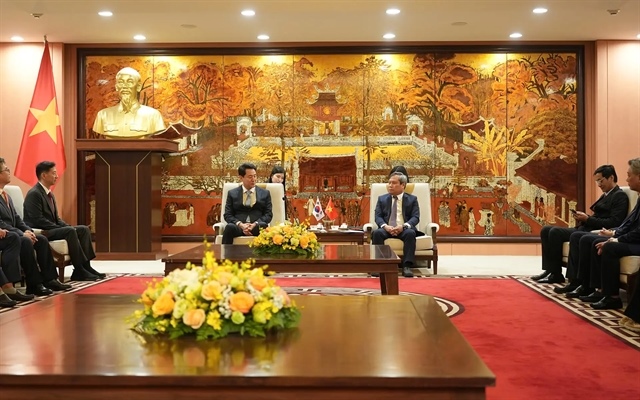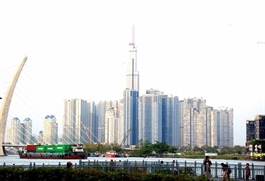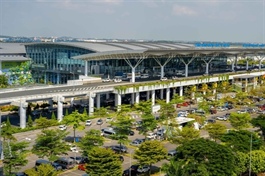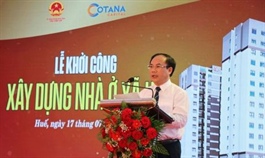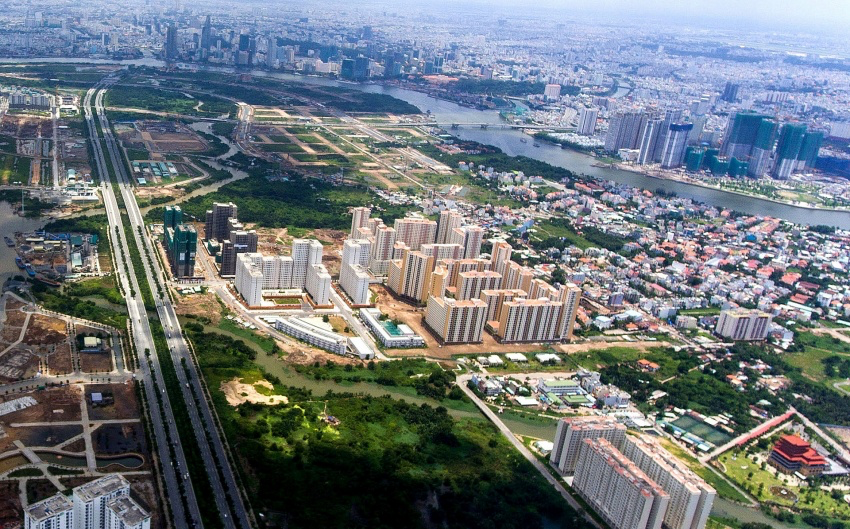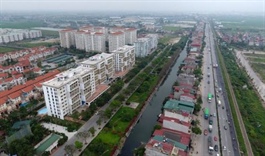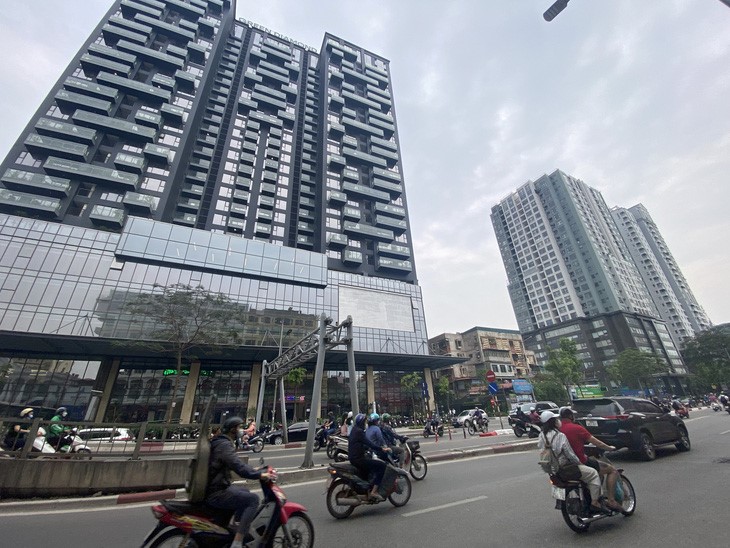Expectations not yet met in real estate FDI
Expectations not yet met in real estate FDI
Although foreign direct investment into real estate reached just over $502 million in the first half of the year, down 43 per cent from 2022, it is still forecast to return to growth in the second half.
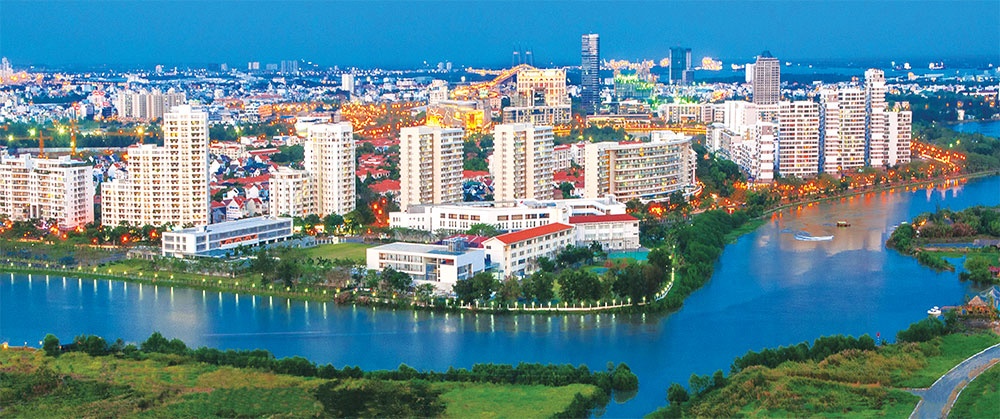
According to the General Statistics Office, real estate business accounted for 3.38 per cent of Vietnam’s GDP in the period, compared to 3.32 per cent of the same period last year.
As of June 20, the total foreign capital registered in Vietnam reached $13.43 billion, down 4.3 per cent over the same period last year. The segment continued to hold third position with total registered capital of $1.53 billion, down 51.5 per cent.
Accumulated in the first six months, realised foreign capital in Vietnam was estimated at $10.02 billion, up 0.5 per cent over the first half of 2022.
However, in his visit to Vietnam in May, Matthew Bouw, chief executive for Asia-Pacific at Cushman & Wakefield, said that the Vietnamese market was becoming a more institutional investor one, which is a positive sign.
“We had a large client event in Singapore about two months ago where we welcomed 80 of the world’s largest investors, a number of which operate in Asia. During the event, we asked them to rank their preferred real estate investment markets and the responses were often Japan, Australia, and Vietnam. The positive sentiment around Vietnam is due to a number of factors, including the fast-growing manufacturing sector and the growth dynamics more broadly,” Bouw said.
He added that it was important to keep in mind that institutional investors will look for stable and reliable markets.
“I have noticed a number of new regulations issued in Vietnam, and many other positive initiatives the government is undertaking to improve compliance and the general business environment. These initiatives are a positive step for Vietnam as an investible market for commercial real estate,” he said.
“It is exciting to see so many large multinational companies setting up here like Lego, Panasonic, Samsung, LG, Sharp, and others. This is a really positive sign for institutional investors because where companies like these go, institutional investors will follow.”
Industrial and logistics are the preferred asset class, whilst some will look at grade-A offices since Ho Chi Minh City is still a landlord-favourable market.
“If the asset has a good location, all the necessary environmental, social, and governance credentials, a good tenant mix, strong rental growth, attractive lease terms, and high occupancy, it will be an attractive asset,” he added.
Besides the office market, residential apartments, multifamily, or build-to-rent is becoming a more sought-after asset class in many cities around the world. With city density increasing due to urbanisation, and supply often falling short of demand, the multifamily/residential living sector is likely to be a fast-growing asset class in a number of markets across Asia-Pacific this decade.
Figures from Cushman & Wakefield show that since 2022, the foreign real estate investment sector in Vietnam has attracted a lot of attention as transaction opportunities started to appear. The north of the country has been a vibrant area during the period, with a total investment value of $1.1 billion, while the southern region received $760 million.
Looking more closely at the proportion, the capital market in Vietnam is mostly focused on the housing market, followed by commercial industrial and non-industrial properties.
The south in recent years has not attracted as many large manufacturers as the north, but the investor market is diversified, with transaction types including new project development, and some ventures in progress. Cushman & Wakefield added that the process of developing and purchasing projects has been operating stably. In addition to key economic zones, peripheral and remote areas are also attractive to investors.





